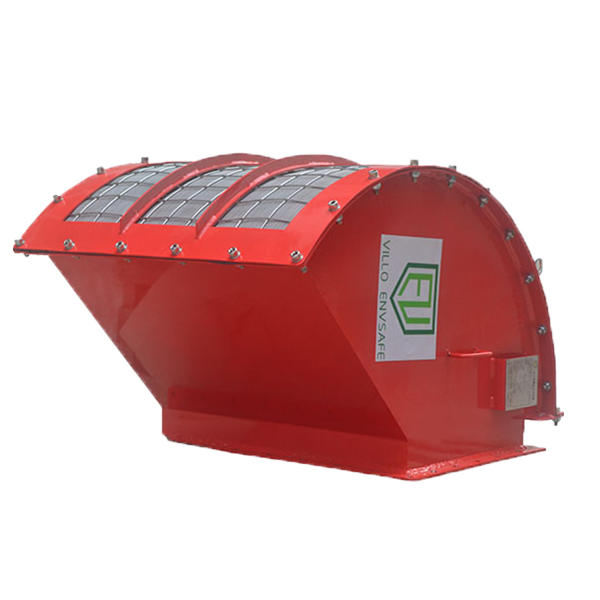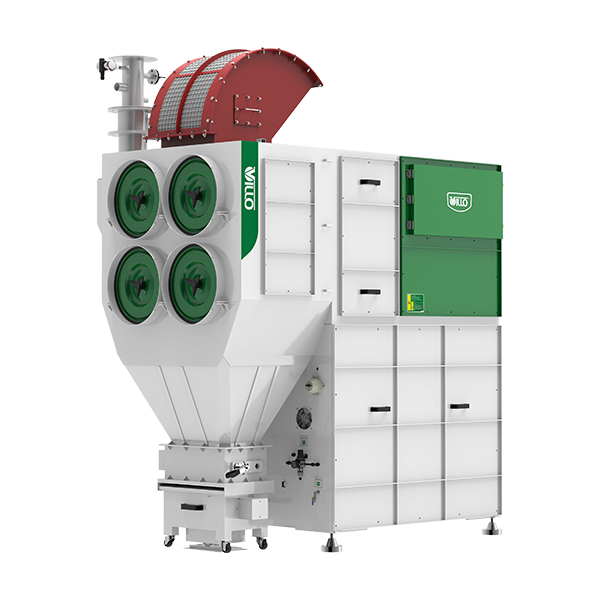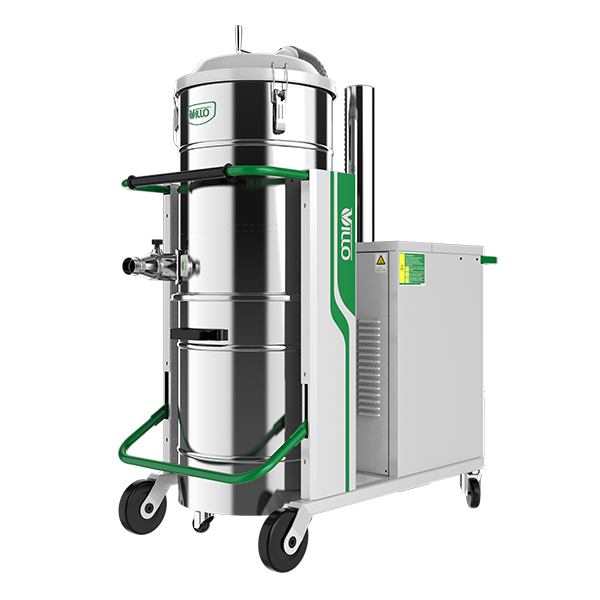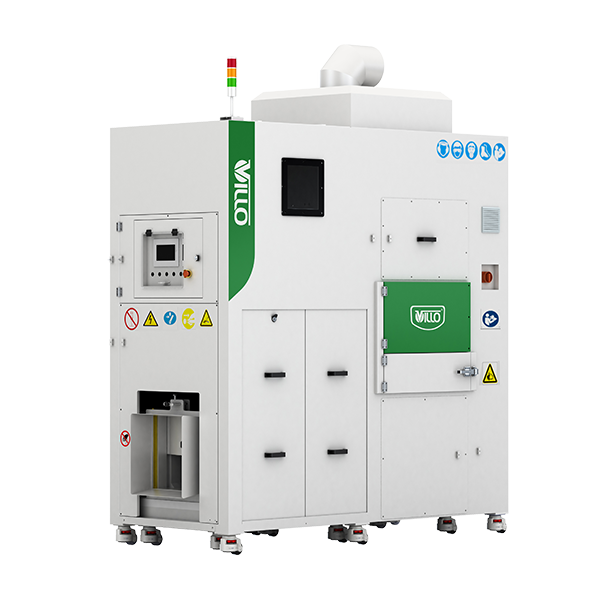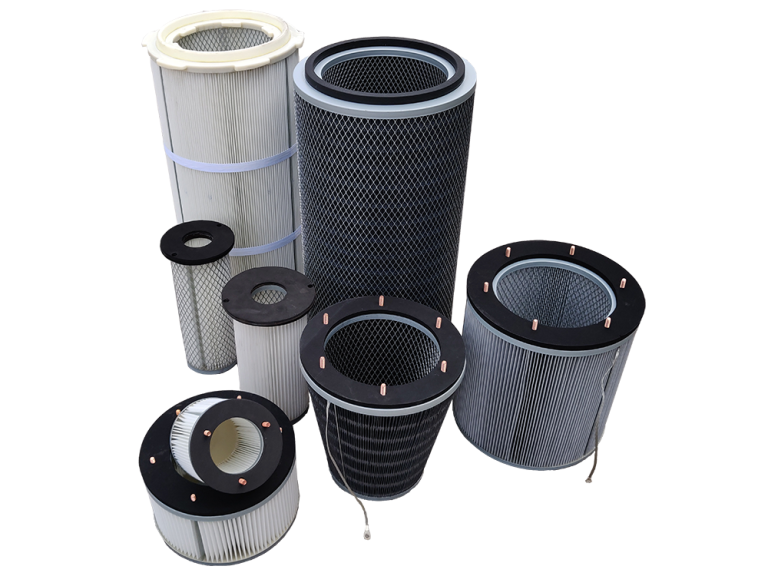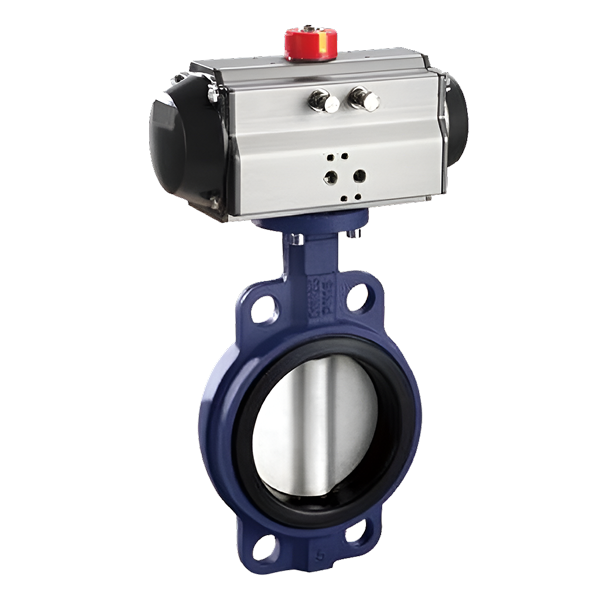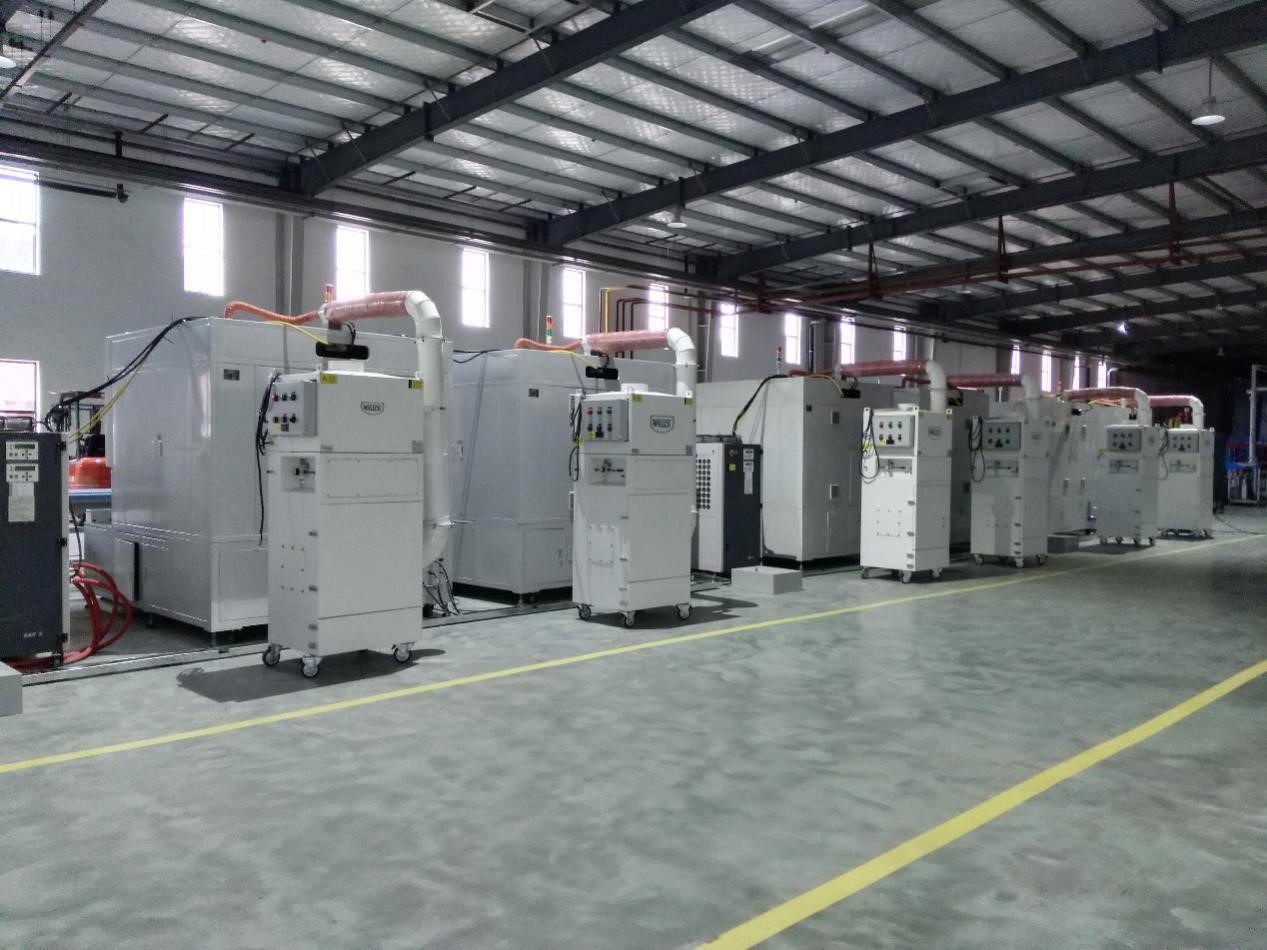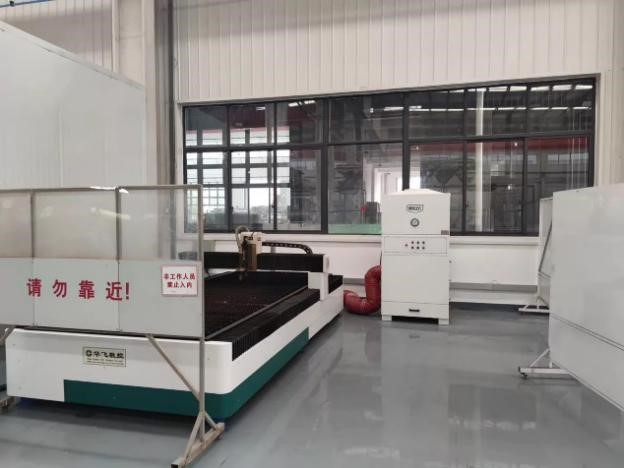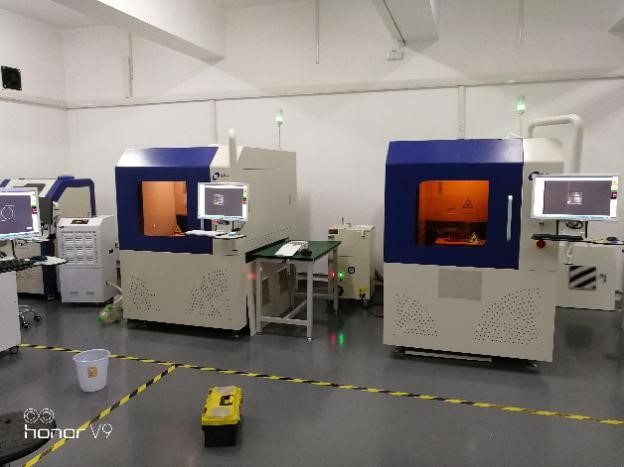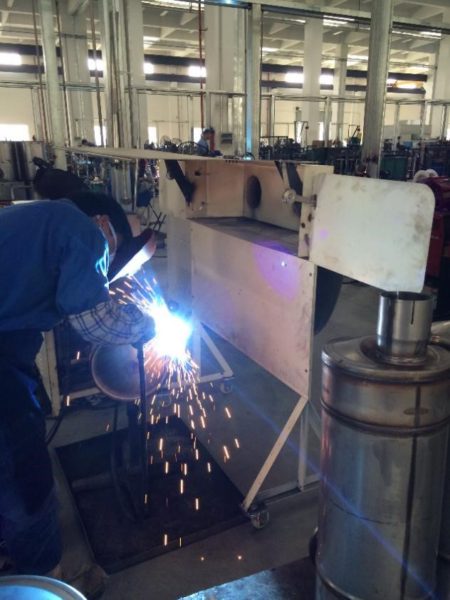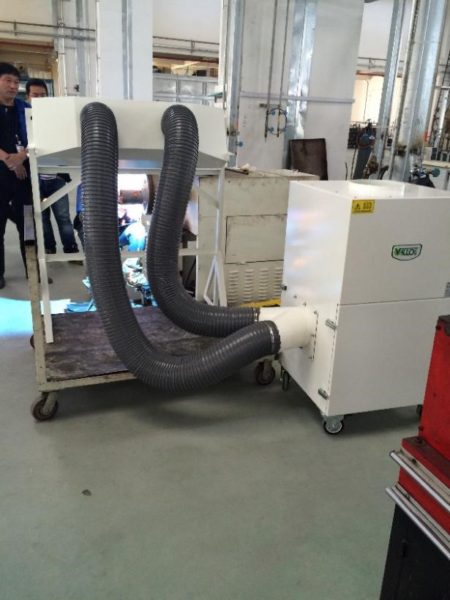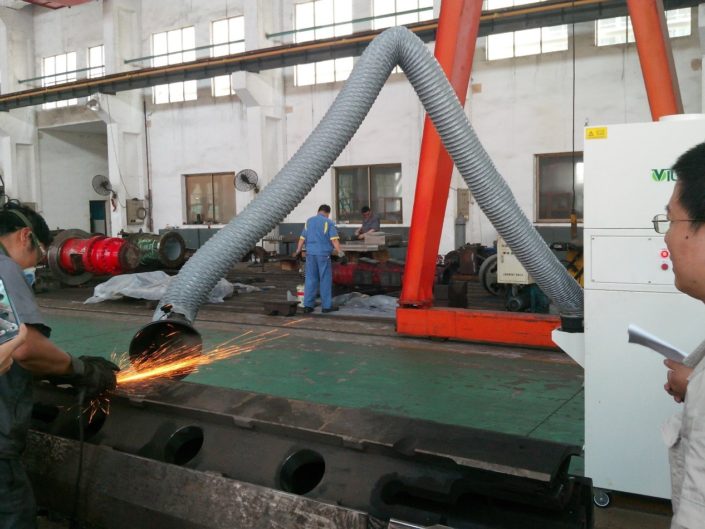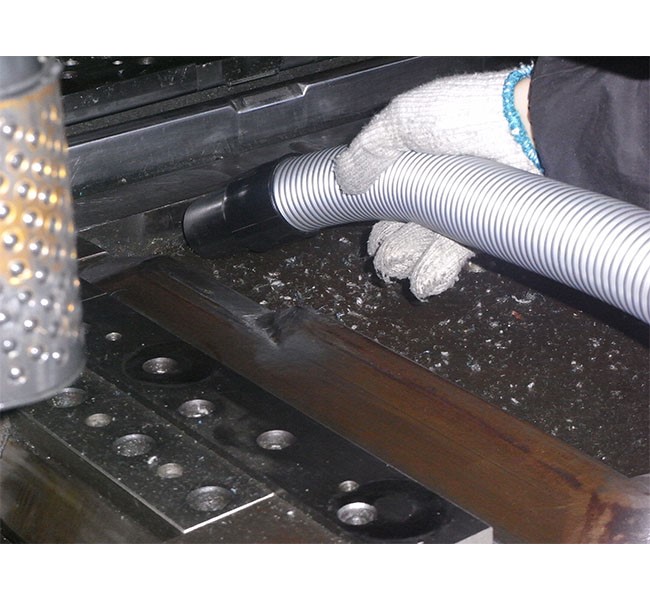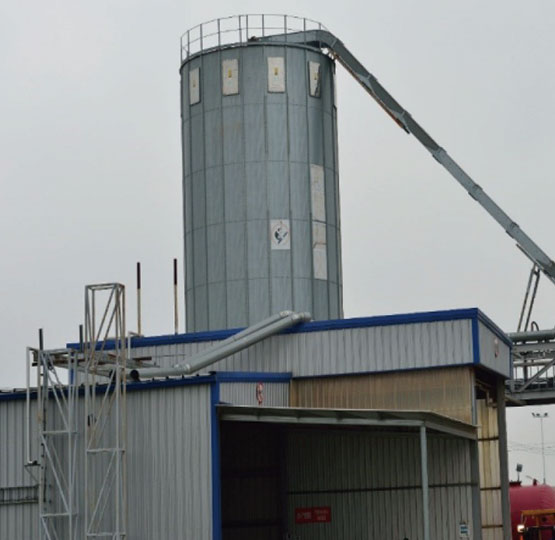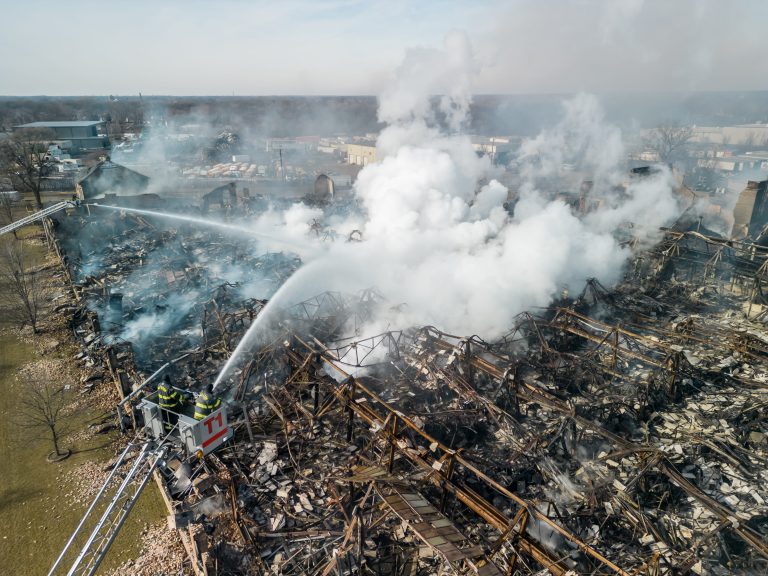1.Industrial Fume Extractor
As air filtration equipment commonly used in the industrial area, an Industrial fume extractor is specially designed for hazardous fumes and dust extraction and filtration. It extracts smoke and dust particles into the filter while leaving the purified air back to the surrounding area. Industrial fume extractors not only protect the personnel but also prevent the environment from the accumulation of harmful dust contaminants.
It is a well-known fact that industrial dust and fumes can limit efficiency, productivity, and equipment’s life span. Many industrial processes, such as cutting, grinding, welding, brazing, which generate hazardous fumes, utilize industrial fume extractors to protect the workers, machines as well as the surrounding environment.
2. Industrial Fume Extractor for Metal Processing Industry
Different kinds of dust can cause various damages to human health. During metal processing, especially in welding and cutting, fine particulates are generated, which are more dangerous than most other kinds of dust. Consequently, efficient extraction and filtration solution are inevitable. According to the research, exposure to cadmium can cause damage the kidney and increase the risk of lung cancer. Similarly, prolonged exposure to manganese is linked with a health disorder that has symptoms similar to Parkinson’s Disease. Moreover, it is commonly acknowledged that lead exposure can have side effects on the nervous system.
Some of the metallic dust, such as aluminum powder, magnesium, and bronze, can lead to fires and explosions incidents when the airborne dust contacts the ignition source in a confined space (such as dust inside an industrial dust collector), the combustible dust will cause metal fires. Ignition sources are very common in metal processing industries, so the possibility of such incidents occurring is very high. Every year, many workers lost their lives or got serious injuries in the dust explosions. Therefore, it is necessary to have an efficient industrial fume extractor with explosion-proof characteristics.
3. Applications of industrial Fume Extractors in Various Metal Processing Industries
3.1 Laser Cutting
Laser cutting is an unconventional heat treatment process that uses light energy from a laser to remove material through vaporization and ablation. The process involves using a lens to focus the laser beam onto a small spot with sufficient power density to produce a laser cut.
Exposure Risks of Laser Dust & Fumes
Dust and smoke generated during laser cutting can seriously danger health. The high-speed laser cutting machine can convert metal into airborne particles in a short time. Since the machine is processing at high speed, dust and fumes can be proliferated. These dust particles are usually in sub-micron size and can be easily inhaled and absorbed into the human body. What is more, the dust can also affect the cutting efficiency and can diffuse the laser beam. A proper dust and fume extraction system should be installed to reduce the hazardous effects of laser cutting.
Welding involves the coalescence of two (or more) parts by applying heat and/or pressure, which provides a permanent join and is considered the most economical way to join the components. However, it also has certain limitations and potential drawbacks.
Exposure Risks for Metal Welding Process
The welding process produces a tremendous number of fumes and dust. These fumes’ composition varies depending upon the type of material in welding and the processing method, including a range of toxic gases, including carbon dioxide, carbon monoxide, and nitrous oxide. According to the latest research, exposure to welding fumes can cause lung cancer and kidney cancer. It has been proven that the most effective way to extract the welding fumes is to install a dust collection system. By using this method, the risk of workers subjected to harmful fumes is minimized.
3.3 Dust Collection for Grinding Process
Grinding is an abrasive machining process that uses a grinding wheel as a cutting tool to remove the material from the surface. The grinding wheel is composed of abrasive particles and bonding materials. And the bonding material fixes the particles in place and determines the shape and structure of the grinding wheel.
Exposure Risks of Grinding Dust
The metal grinding process generates dust particles in the air, which can cause serious inhalation hazards. The size of these particles can be smaller than 5 microns and can be easily breathed in. These microscopic dust particles enter and deposit in the lungs and can cause lung disorders.
Metal chip production is a byproduct of the manufacturing process. When performing a manufacturing operation such as cutting, turning, knurling, or threading, chips are often created as a byproduct. These chips may cause safety and efficiency issues.
Safety Hazards of Metal Chips Dust
When the metal chips get covered in oil or lubricant, they can cause serious damage to the machine and the finished product. Not only do these chips contribute to an unclean and dirty workplace, but it can also be a grave threat to the people that work in close proximity. The metal shop should be equipped with a qualify cleaning solution to ensure the safety of product and worker.
Villo dust collector has been engaged in providing dust collection solutions for the metal processing industry for more than a decade. Equipped with a high-efficiency PTFE coated filter cartridge and pulsed back-blowing dust cleaning device, the Villo dust collector can effectively extract fumes and dust and automatically clean the filter element to ensure dust collection. Additionally, to mitigate the risk of explosive dust, the industrial dust collectors can be equipped with portable explosion proof feature. Committed to providing efficient, powerful, and affordable dust and fume extraction solutions, Villo dust collector, will continue to provide the best extraction solution for your industry safety.

